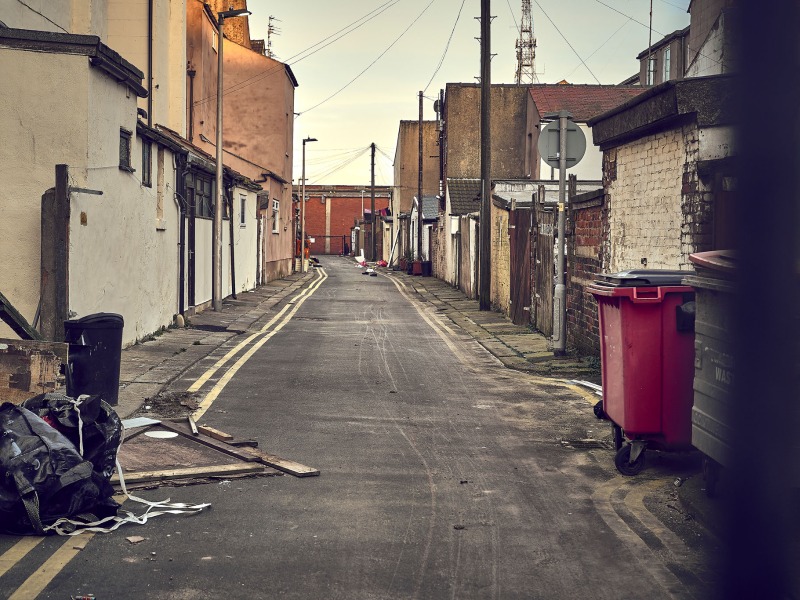
How many people are living in poverty in the UK?
Approximately 13.4 million individuals in the UK were struggling with poverty during the 2020/2021 time period, according to the Joseph Rowntree Foundation’s yearly poverty analysis. The report highlights that 7.2 million people lacked access to basic necessities like food, bathing and warmth, while 4.7 million faced difficulties paying their bills.
The latest government data indicates that 4.2 million individuals (6%) faced food poverty in 2020 to 2021, with 9% being children. The cost of living crisis has further worsened the situation. The Food Foundation reports that 9.7 million adults experienced food insecurity in September 2022. Predictions from the Resolution Foundation estimate that 1.3 million more individuals, including 500,000 children, will fall into absolute poverty during the winter.
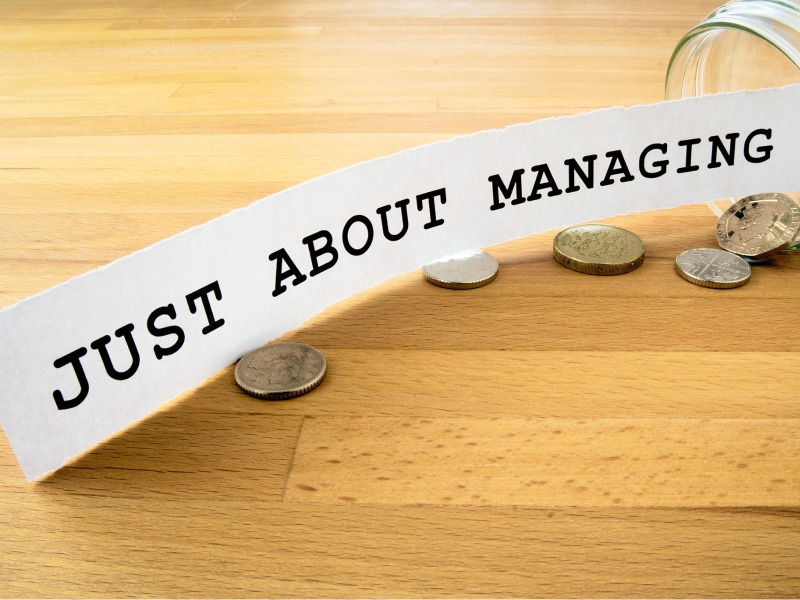
What causes poverty?
Individual life events like illness or job loss can contribute to poverty, but it is primarily caused by systemic issues, compounded by rising living expenses, leading to a vicious cycle of hardship. Unemployment and low-wage, unstable employment are also major factors. People without access to education or training opportunities can struggle to secure stable work, making it more challenging to overcome poverty.
The UK welfare system also hinders those trying to secure a decent income. According to the Joseph Rowntree Foundation, the social security system does not provide sufficient support to those who are working, seeking work, or dealing with health issues, leaving them vulnerable to poverty. Benefits can be difficult to obtain and in some cases, getting a job may actually result in a decrease in income. Mental health issues and addiction make it especially challenging to escape poverty, and people who have been in prison face obstacles to finding employment.
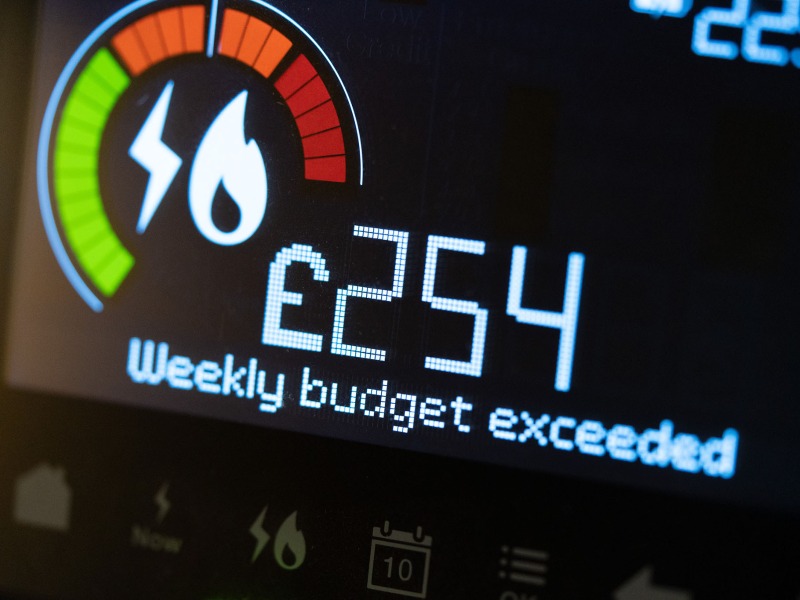
How has the cost of living crisis affected poverty?
The £20 increase in Universal Credit during the pandemic temporarily lifted some families out of poverty, but the rising cost of living ultimately made the help inadequate. Benefits are set to increase with inflation in April, but poverty rates are continuing to worsen and many struggle to afford basic necessities such as food, hygiene, and warmth.
In September 2022, 25% of households with children faced food insecurity, affecting four million children. The TUC reported that 14% of people across the UK are going without food or skipping meals due to financial constraints, and 44% are reducing their spending on food.
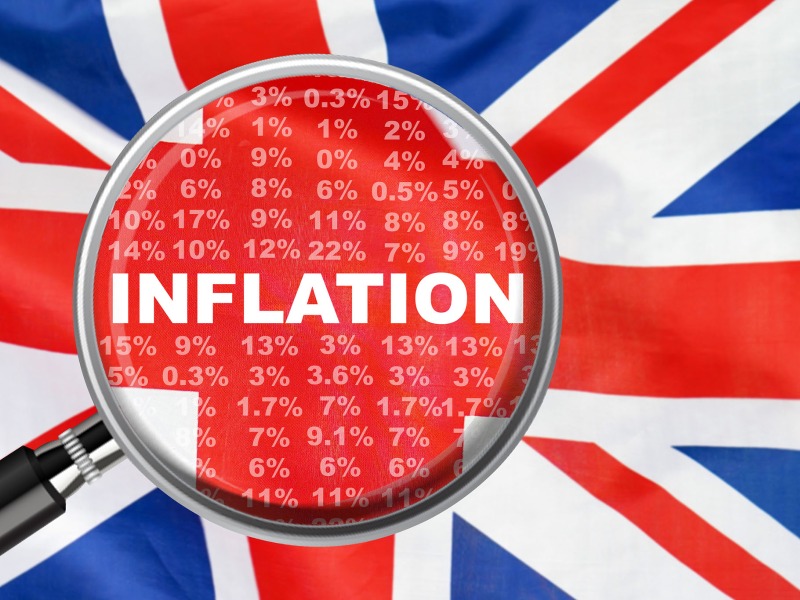
Who is most affected by poverty?
Families with children, people with disabilities, ethnic minorities, migrants, and women are among the groups most affected by poverty in the UK. Children in lone parent families and ethnic minorities have higher poverty rates, with over 46% of BAME households affected. Half of people in households headed by someone of Bangladeshi ethnicity are in poverty, and migrants face high poverty rates due to government’s no recourse to public funds policy. Women, who account for three million low-paid jobs, and two-earner families are also at risk of falling into poverty
Around half of all people in households headed by someone of Bangladeshi ethnicity were in poverty in 2020/21, according to the Joseph Rowntree Foundation. This figure was over four in ten for people in households headed by someone of Pakistani or Black ethnicity. This is over twice the rate of people in households headed by someone of white ethnicity.
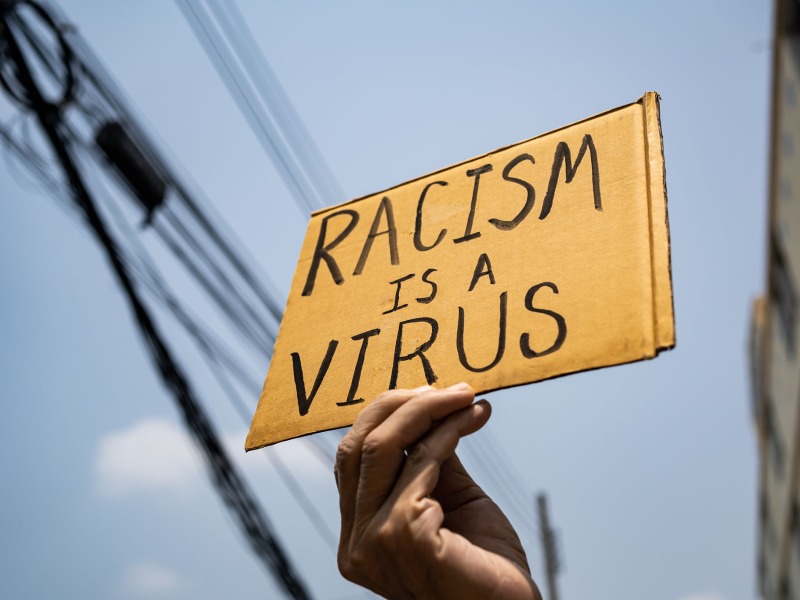
Are poverty and racism connected issues in the UK?
Poverty and racism are interconnected issues in the UK, with ethnic minorities facing higher poverty rates compared to the overall population. According to the Joseph Rowntree Foundation, 46% of children in Black, Asian and Minority Ethnic (BAME) households are in poverty, and over half of people in households headed by someone of Bangladeshi ethnicity are living in poverty. The intersections of race and poverty can result in systemic discrimination, limited access to resources, and reduced opportunities for economic mobility. This exacerbates economic and social disparities and reinforces existing inequalities in society. Addressing poverty and racism requires addressing systemic issues, providing equal opportunities, and implementing policies to support marginalized communities
